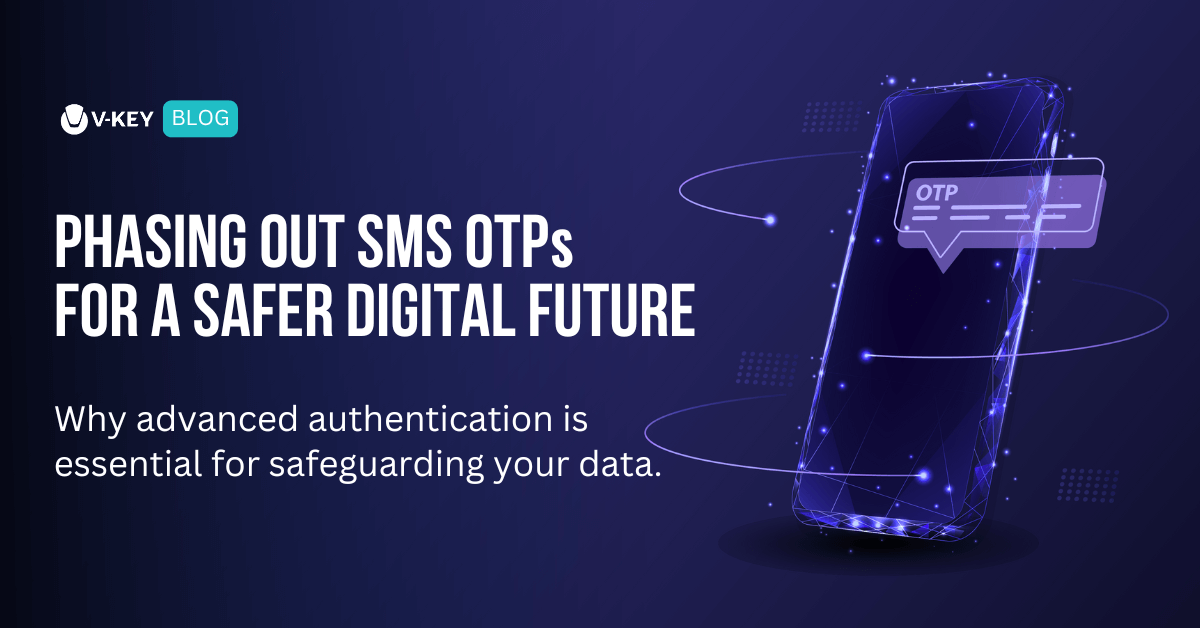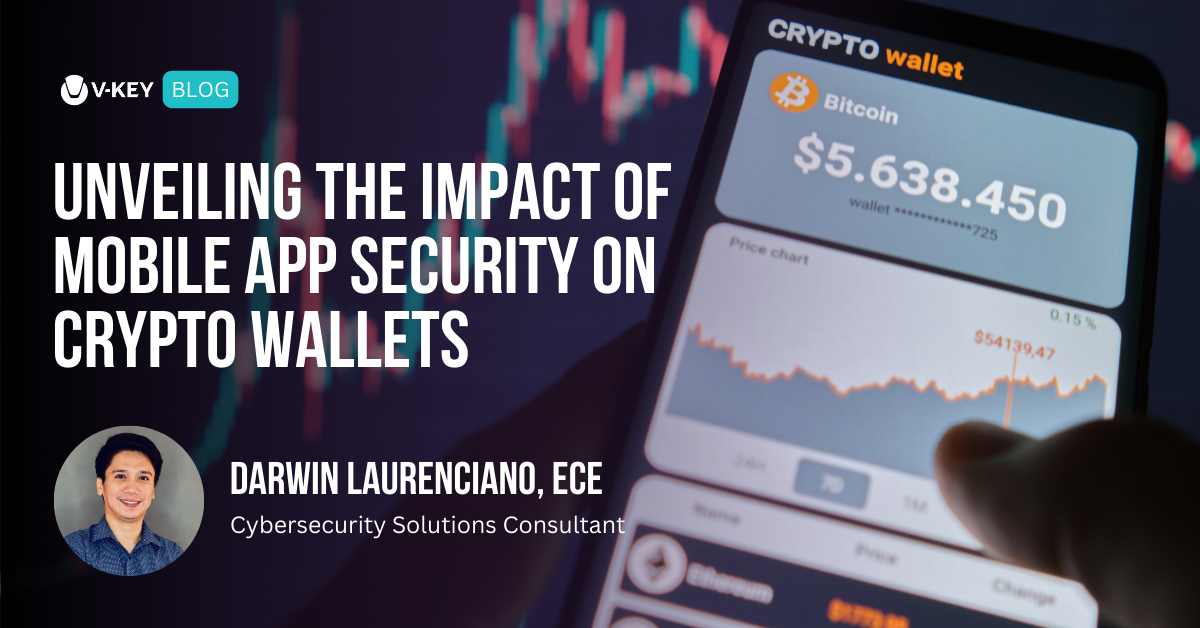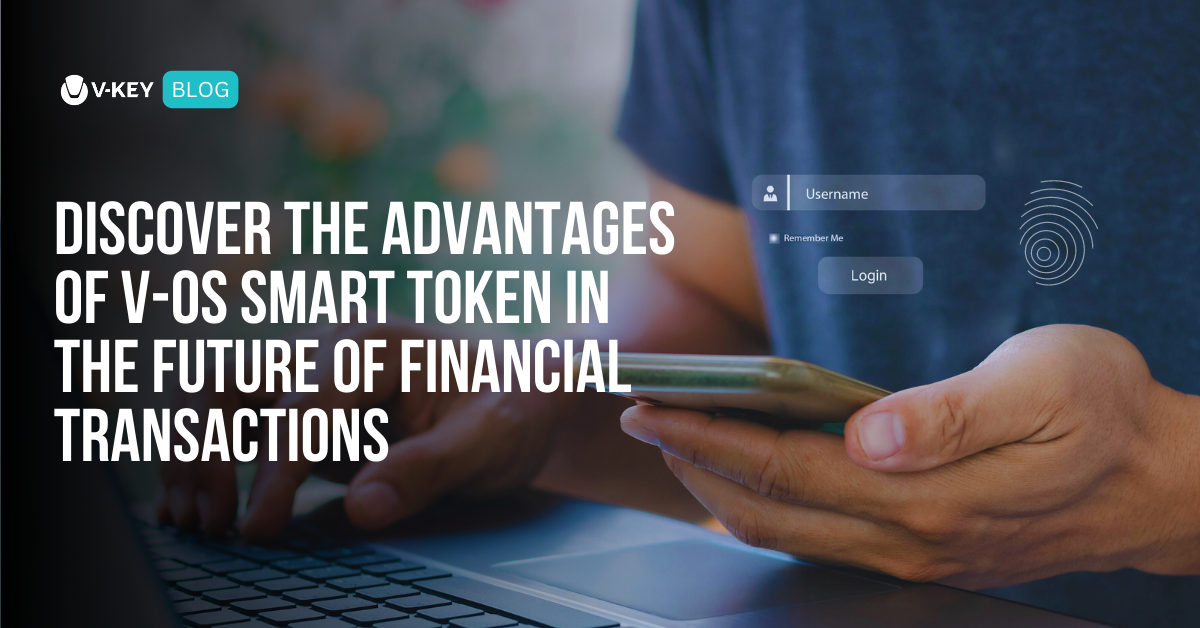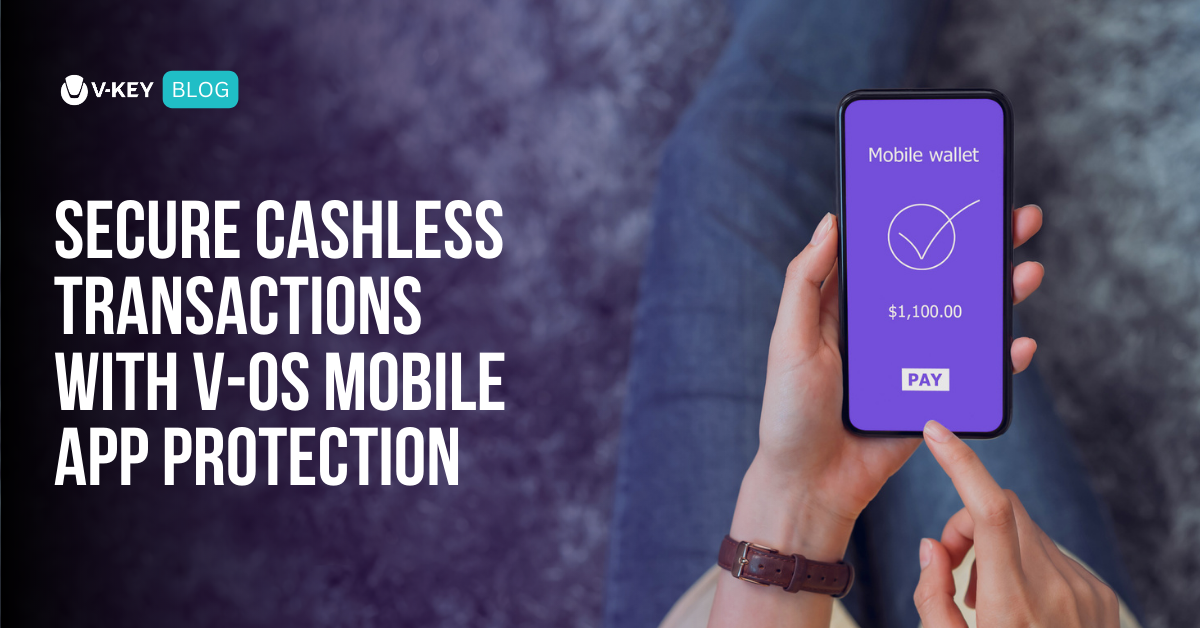
The recent data breach at Outabox, impacting millions of hospitality customers in Australia, sent shockwaves through the industry. News outlets like Australian Broadcasting Corporation and The Guardian reported unauthorized access to user data, potentially exposing sensitive information like names, addresses, and even biometrics in some cases. Some reports suggest over a million individuals may be affected, raising significant privacy concerns.
The specific details surrounding the Outabox incident are still emerging. Some theories point towards a potential security flaw within Outabox’s system itself, allowing unauthorized access. Others speculate on a possible dispute with a third-party developer, leading to unauthorized data access. Regardless of the specific cause, the Outabox incident serves as a stark reminder: even seemingly secure systems can have vulnerabilities, eroding trust between businesses and their customers, highlighting the urgent need for enhanced digital security.
Beyond Passwords: The Need for a Multi-Layered Defense
The Outabox incident transcends the limitations of traditional password-based authentication. While password hacking remains a concern, this breach highlights the need for a more comprehensive security approach. Businesses must go beyond password protection to truly safeguard user data in an increasingly complex threat landscape.
Building Trust in a Digital Age
Innovative solutions like V-Key ID are revolutionizing the way we access online services. V-Key ID provides a universal digital identity solution that simplifies and secures user authentication across various platforms. By creating a single, verified digital identity that can be shared securely across different applications, V-Key ID reduces the need for multiple usernames and passwords. This not only enhances user experience but also minimizes the risk of password-related breaches.
V-Key ID employs advanced authentication technologies, including ZeroBiometrics™, which ensures privacy-preserving biometric verification. Instead of storing facial data, V-Key ID uses a unique 256-bit ZeroHash™ for each user’s face, providing secure and convenient authentication without retaining biometric data. This significantly reduces the risk of sensitive information being compromised. With V-Key ID, sensitive information is encrypted and stored securely within the app, not on the device. With the patented Virtual Secure Element at the core, V-Key ID ensures that data is protected both during storage and transmission. Such a high level of security is crucial for businesses that handle large volumes of personal data, such as hospitality venues and financial institutions. V-Key ID’s developer-friendly API enables easy integration into existing systems, allowing businesses to enhance their security infrastructure without significant disruption. The solution supports seamless app-to-app identity transfer, providing a unified digital identity that scales across the ecosystem.
Adopting V-Key ID helps businesses comply with stringent regulatory requirements for data protection by ensuring that all personal information is securely managed and authenticated. This compliance demonstrates a commitment to privacy and security, helping to avoid potential legal issues and fines associated with data breaches. Additionally, it enhances customer trust by assuring that their personal information is protected with the highest security standards, which translates into customer loyalty and a positive brand reputation. This innovative technology is not just an upgrade but a strategic business decision that promotes long-term success and resilience in the digital environment.
The Outabox data breach is a wake-up call for businesses and consumers alike. V-Key ID, with its focus on secure, privacy-preserving biometrics, offers a future-proof solution for safeguarding user data and streamlining the online experience. As we move towards a more digital future, embracing innovative solutions like V-Key ID will be key to building a more secure and user-friendly digital ecosystem.























